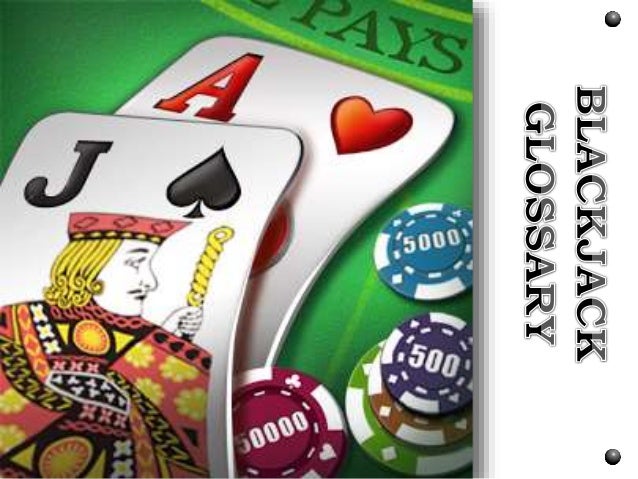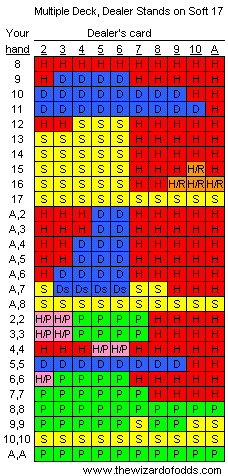Blackjack, also commonly known as 21, is one of the most popular casino games in the world. Not only is it a hit on the casino floors, but it’s also big online. Aside from being so much fun to play, it’s also pretty simple to learn and master some basic strategies. Since it’s not too difficult of a game to pick up, it is also recommended for beginners. However, before playing for the first time, it’s a good idea to read up on some different strategies and get some practice in before gambling.
Things You Should Know About Blackjack Basic Strategy Variations and What You Can Do To Avoid Cheating Mike Samuels Blackjack Tips & Hacks, Blackjack Varieties No Comments While playing blackjack, every player has a goal of winning and beating the dealer. The basic rules for blackjack are the same in every game, but the secondary rules vary from game to game. Some of the rules are good for the casino and some help you. When you look for a blackjack game you should find games that have more rules that are favorable to you than the casino. This lowers the house edge.
Another great thing about Blackjack is the house edge is one of the lowest you’ll be able to find at the casinos, which is on average around 0.5%, and sometimes even lower. Depending on the house, players usually have around a 45% chance of winning for each hand. As long as you completely understand how the game works and follow some basic strategies, you can have a great chance of walking away from the table a winner.
Speaking of having a good understanding of the game, it’s also important to learn the Blackjack hand signals before playing at a physical casino. Gambling without understanding the hand signals could possibly cause some problems, and in worse cases, cause you to lose. In this article, we’ll be going over these signals as well as discuss a couple different variations of the game (Face Up and Face Down Blackjack).
What are the most common Blackjack hand signals
If you’ve never been to a casino to play this popular game before, you should definitely learn the Blackjack hand signals beforehand. Listed below are the most common actions that will occur as well as the hand signals that go along with each of them.

- Hit – is when you request another card from the dealer. The hand signal for this when you’re holding your cards is to simply scrape them on the table. However, the face up signal for this is to touch your finger on the table or by waving your hand towards yourself.
- Stand – is when you want to “stick” or “stay” and don’t want to request any cards.
- Double Down – is when you double your initial bet and receive one more card from the dealer, therefore you have the initial two cards as well as one more card from the dealer. The signal for this is to simply place the extra chips next to your initial bet.
- Split a Pair – is when you split the initial two cards you are dealt, but only if they have the same value to each other. If you’ve been dealt two cards with the same value and would like to split them, simply place another bet that’s the same amount as the initial one, but in an area away from the original betting box. After you’ve done that, the dealer will then split the cards with separated bets, in order to create two different hands for you to play. The signal for this is to simply put more chips next to your original bet, but from outside of the betting zone.
Face Up Blackjack
Face Up Blackjack or also known as Double Exposure Blackjack is another variation to the original game. As you may know, in the original game you and the dealer are dealt two cards, one facing up and one facing down. However, in Face Up you and the dealer are dealt two cards facing up. Some other differences are that you’re able to double your bet after splits or ties occur. Another difference is the amount of cards the dealer has. In the original version, the dealer uses one standard deck of 52 cards, but with this variation, the dealer holds 8 of the 52 card decks. The dealer also has to hit on a soft 17 and a blackjack hand tops any other hand of 21. On top of that, if you and the dealer have 21, you win rather than the dealer.
Things To Know About Someone
Below are the common hand signals when playing Face up:
Hit – to hit, you just need to tap on the table or point at your cards
Stand – simply wave one of your hands only over your cards
Double Down or Split – whatever you do, don’t touch your cards, but rather place another bet separated from your initial one. Afterwards, just put up one finger if you want to double, or hold up two fingers if you would like to split your cards.
Face Down Blackjack
Another variation is known as Face Down Blackjack. This version is when you are dealt two cards facing up. One advantage the player has over the dealer is if there’s a tie from Blackjack, the player wins instead of the dealer, however the dealer can win any of the other ties. Similar to Face Up, the game is also played with 8 of the standard 52 card decks. Another difference is you can only double with two of the same cards that are either a 9, 10 or 11.
Some of the common Face down signals are listed below:
Hit – in order to hit, you just need to scrape the table.
Stand – just move your cards underneath your chips, but without moving them.

Double Down or Split – turn your cards face up and place a second bet. Then, either hold up one finger to double or hold up two fingers to split the cards.
Overall, Blackjack is not a very complicatedgame to play and is pretty straightforward. Being able to remember the different hand signals for each of the Blackjack variations may take some time, however with a little practice you’ll be able to memorize all of them quickly. If you would like to have some fun and get some practice in, we highly recommend you to play on our Blackjack tables at Caesars.